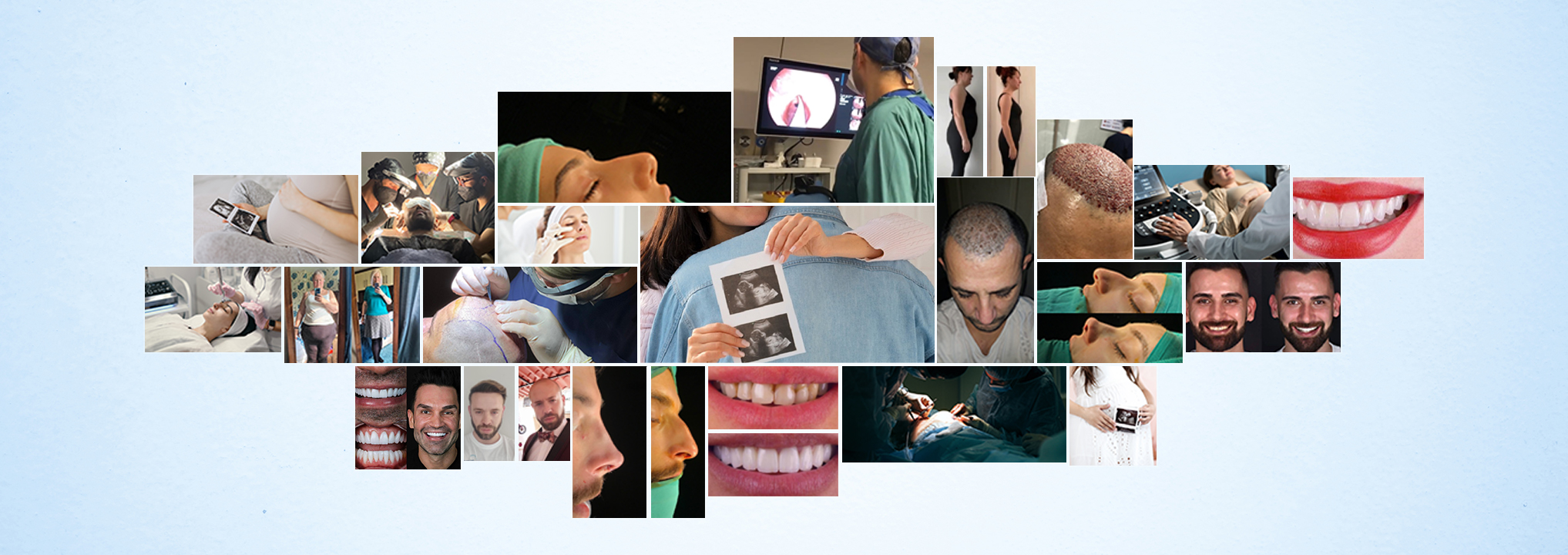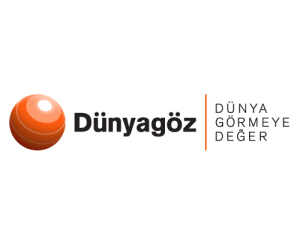In-Depth Guide to IVF: Understanding the Science and Process
What is IVF?
In Vitro Fertilization, commonly known as IVF, is an assisted reproductive technology that involves fertilizing an egg with sperm outside the body. The resulting embryo is then carefully monitored and, if viable, transferred into the woman's uterus to establish a pregnancy.
The IVF Process: Step by Step
1. Ovulation Induction:
The process begins with controlled ovarian stimulation. Hormonal medications are administered to stimulate the ovaries, allowing them to produce multiple eggs during one menstrual cycle. Frequent monitoring and ultrasound scans are conducted to track follicle development.
2. Egg Retrieval:
When the eggs reach maturity, a minor surgical procedure known as egg retrieval is performed. A thin needle is guided through the vaginal wall to aspirate the eggs from the follicles. These eggs are then collected in a specialized culture medium.
3. Sperm Collection:
Sperm samples are obtained, typically from the male partner, through ejaculation. In some cases, donor sperm may be used.
4. Fertilization:
In the laboratory, eggs and sperm are combined in a controlled environment. Fertilization may occur through conventional insemination (placing sperm near the egg) or through intracytoplasmic sperm injection (ICSI), where a single sperm is injected directly into an egg.
5. Embryo Culture:
The resulting embryos are cultured in a controlled environment for several days, usually 3 to 5. During this time, they are closely monitored for development and quality.
6. Embryo Transfer:
Once embryos reach the desired stage of development, typically at the blastocyst stage, one or more embryos are selected for transfer into the woman's uterus. This is a minimally invasive procedure similar to a Pap smear.
7. Pregnancy Test:
About 10-14 days after the embryo transfer, a blood test is conducted to determine if pregnancy has been achieved. If successful, ongoing prenatal care is provided to monitor the pregnancy.
Who Can Benefit from IVF?
IVF is a versatile reproductive treatment that can help various individuals and couples, including those with:
Tubal Factor Infertility: When fallopian tubes are blocked or damaged.
Male Factor Infertility: For men with low sperm count, motility, or genetic issues.
Unexplained Infertility: When no specific cause can be identified.
Advanced Maternal Age: Women over 35 who may experience reduced fertility.
Endometriosis: A condition where endometrial tissue grows outside the uterus.
Polycystic Ovary Syndrome (PCOS): A hormonal disorder that can disrupt ovulation.
Potential Challenges and Risks
It's essential to recognize that IVF is not always successful, and there can be challenges along the way. Multiple cycles may be needed, and there are potential emotional, physical, and financial burdens to consider. Additionally, IVF does carry certain risks, including the possibility of multiple pregnancies, ovarian hyperstimulation syndrome (OHSS), and rare complications.
Conclusion
In Vitro Fertilization is a complex and highly effective reproductive technique that has provided hope and happiness to countless individuals and couples around the world. Understanding the science and process behind IVF is a crucial step for those considering this assisted reproductive option. Consulting with a fertility specialist is vital to assess individual circumstances and create a tailored treatment plan, helping to maximize the chances of a successful outcome.
For more information contact with Hygia Med !
https://ivf.hygiamed.com.tr/












